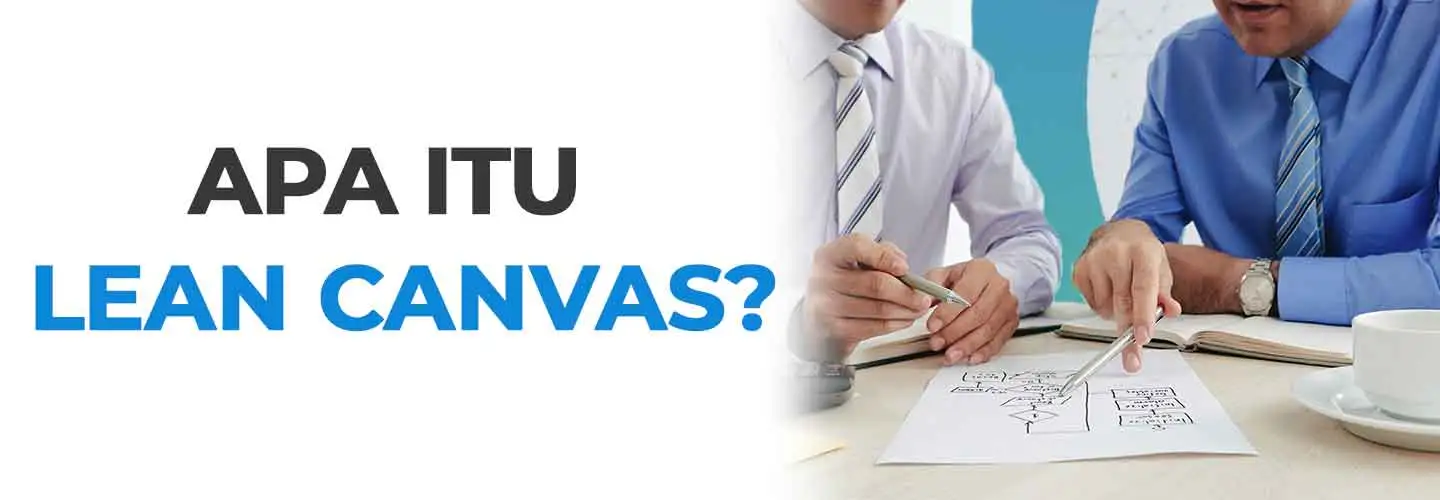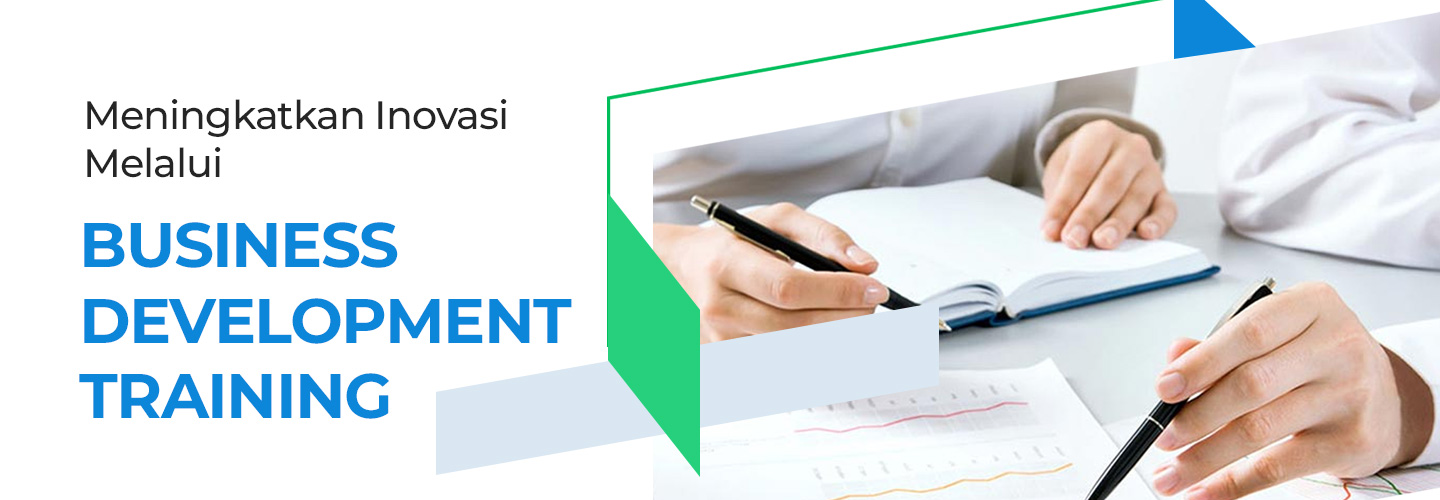Lean Canvas: Definition, Components, Functions, and Advantages

Lean Canvas is a very popular method in the startup industry. In the book "Running Lean," it is written that lean canvas functions as an adaptation of the Business Model Canvas created by Alexander Osterwalder.
This method provides a more efficient approach for entrepreneurs to identify and solve problems faced by their customers. This is done before they spend valuable resources on product development that may not be in accordance with market needs.
Understand more about the definition, components, functions, and advantages of lean canvas in the following article.
Definition of Lean Canvas
Lean canvas is a planning method that uses one page divided into nine blocks. Each block will represent a key element of the business model.
By using lean canvas, startups can adapt more quickly to market changes, reduce risks, and increase the chances of success.
Lean Canvas Components
Lean canvas simplifies the business planning process into nine key elements that can be visualized on one page. This makes it easier for teams to collaborate, share ideas, and make decisions based on relevant data.
Here are the nine blocks in the lean canvas:
- Problem: Identify the three main problems faced by potential customers.
- Customer Segmentation: Determine who the potential customers are and divide them into different segments.
- Unique Value Proposition: Describe the unique value that the product or service offers to customers.
- Solution: Describe the solution offered to address the identified problem.
- Channels: Identify how the product or service will reach customers.
- Revenue Streams: Determine how the business will make money.
- Cost Structure: Identify all costs involved in running the business.
- Key Metrics: Determine the key metrics that will be used to measure success.
- Unfair Advantage: Identify a competitive advantage that is difficult for competitors to imitate.
Functions of the Lean Canvas
The main function of the lean canvas is to help visualize, design, test, and validate business models in an efficient and structured way. Here are some of its main functions:
1. Visualization of Business Model
Lean canvas allows entrepreneurs to see the big picture of their business idea as a whole. With this visualization, it becomes easier to identify the strengths, weaknesses, opportunities, and threats in the proposed business model.
2. Problem Identification and Resolution
By focusing on the problems faced by customers, this strategy can help entrepreneurs to better understand their target market. By identifying problems early on, entrepreneurs can develop more effective solutions and increase the chances of success.
3. Validation of Business Ideas
Lean canvas encourages entrepreneurs to test their assumptions about the business model before investing significant time and resources. By focusing on validation through customer feedback and market experiments, entrepreneurs can reduce the risk of failure.
Continuous validation helps ensure that the business being built truly meets customer needs and has the potential to succeed.
4. Fast and Effective Decision Making
By simplifying information into one page, this strategy also makes it easier for entrepreneurs to make quick, data-driven decisions. This tool allows teams to identify areas that need attention and make adjustments without losing focus on long-term goals.
5. Better Team Collaboration
Lean canvas serves as an effective communication tool among team members. With clear and structured visualizations, all team members can easily understand the business model and contribute to its development.
This encourages better collaboration and ensures that all parties are involved in the planning and execution process.
Advantages of Lean Canvas
Lean Canvas has a number of advantages that make it a very useful and effective tool for entrepreneurs and startups. Here are some of its main advantages:
1. Simple and Easy to Understand
This method simplifies the complexity of business planning into one page with nine main blocks. This makes it very easy to understand and use, even for those who do not have a strong business background.
The simple structure allows entrepreneurs to quickly summarize their business idea and identify key elements.
2. Focus on the Important Aspects
This tool focuses attention on the most important elements of the business model, such as the problem, solution, and customer segmentation. By prioritizing these elements, entrepreneurs can identify and address key risks early on.
3. Efficient and Fast
The filling process is also much faster than traditional business planning methods. This allows entrepreneurs to respond quickly to market changes and customer feedback.
This speed is especially important in a dynamic startup environment, where speed can be the key to success.
4. Encourage Validation and Testing
This method is designed to encourage entrepreneurs to validate and test their assumptions. By focusing on validation, entrepreneurs can ensure that their business model is based on real data and customer feedback.
This reduces the risk of failure and increases the chances of success.
5. Powerful Collaborative Tool
The Lean Canvas is a highly visual and collaborative tool, making it easy for team members to share ideas, discuss, and work together. This allows all parties involved to have a common understanding of the business model and contribute effectively.
Good collaboration can lead to better ideas and more innovative solutions.
Lean canvas is a very useful planning method for entrepreneurs to plan, test, and validate their business models. By focusing on key elements such as problems, solutions, and customer segmentation, this method can help entrepreneurs to address risks early on.
In addition, its simple form makes this method easy to use and update as the business grows. Its implementation can also help startups grow faster and more efficiently in a dynamic and uncertain environment.
Lean canvas is just one of the many strategic management efforts that can be done for your business. Learn more about management through The Real Project Management program from prasmul-eli.
This ISO 9001:2015 certified program has six discussions in two days of learning sessions:
- Introduction to Project Management
- Planning and Execution
- Project Scheduling and Time Management - Project Quality Management
- Project Cost Management
- Project Risk Management
- Soft Skills in Human Resources and Project Management
Get more information here!


